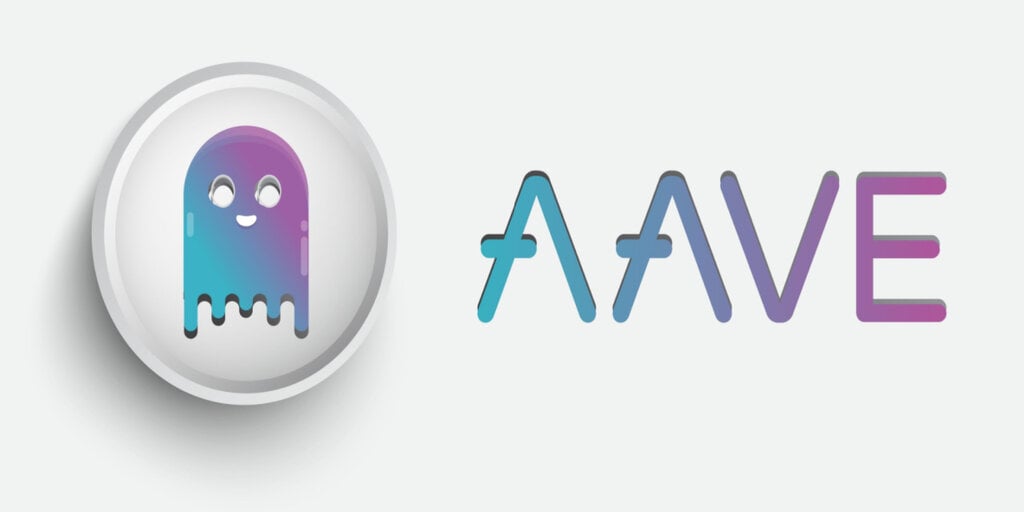It’s been less than 48 hours since DeFi lender Aave released its new algorithmic dollar-pegged stablecoin GHO on Ethereum and already some $2.5 million coins have been minted, according to stats by DeFiLlama.
The launch was approved nearly unanimously by holders of the protocol’s governance token AAVE.
The Aave DAO oversees governance of GHO, including setting and adjusting the total supply, interest rate, and Facilitator minting caps, determining risk parameters, and approving and governing Facilitators.
A Facilitator is a protocol or entity authorized by the Aave DAO to mint GHO.
In the final vote, 421 wallets holding a combined total of 881,059 AAVE tokens voted in favor of the launch. Only three wallets holding a combined total of 10 AAVE declined; one of the three wallets that voted against held 10 AAVE and the other two held fractions of it.
GHO has been deployed on Aave’s V3 market. Users can mint it by supplying other cryptocurrencies that are listed on Aave V3 as collateral, including AAVE, ETH, USDT, USDC, and DAI.
As GHO is overcollateralized, the total value of reserves staked to mint it far exceeds that of the GHO in circulation.
Aave V3’s total minting capacity as a Facilitator is 100 million GHO, according to an official blog post published at the time of launch. While the current supply indicates only 2.5% has been minted so far, this cap can be expanded by the Aave DAO following another community vote.
Collateral deposited in the Aave V3 protocol continues to earn yield and interest paid for borrowing GHO is directed towards the DAO treasury.
Furthermore, users who supply AAVE into the protocol’s safety module to backstop the stablecoin can purchase GHO at a discount.
Stablecoin competition heats up
The biggest stablecoins, USDT and USDC, issued by Tether and Circle respectively, maintain their 1:1 peg to the dollar by holding reserves of assets, typically in the form of cash and U.S. Treasury bills, which are held with centralized entities like a bank.
Maker Foundation’s DAI stablecoin on Ethereum was the first of its kind to be backed by overcollateralized crypto loans.
DAI is mainly backed by USDC, although other Ethereum-based cryptocurrencies can be used to mint it, including Ethereum and Wrapped Bitcoin (WBTC). Due to the decentralized nature of its collateral as well as the fact that the protocol overseeing the stablecoin isn’t manned by a single company, it’s often termed a decentralized stablecoin.
For every $1 of DAI, users need to deposit about $1.94 of crypto. Since the issuance is managed by a dynamic system of smart contracts, if there is a swift drop in the price of ETH, users will need to top up their collateral or risk getting liquidated.
In May, DeFi protocol Curve Finance launched its own over-collateralized stablecoin on Ethereum, crvUSD. To date, $82.3 million crvUSD has been minted so far.
Stay on top of crypto news, get daily updates in your inbox.

